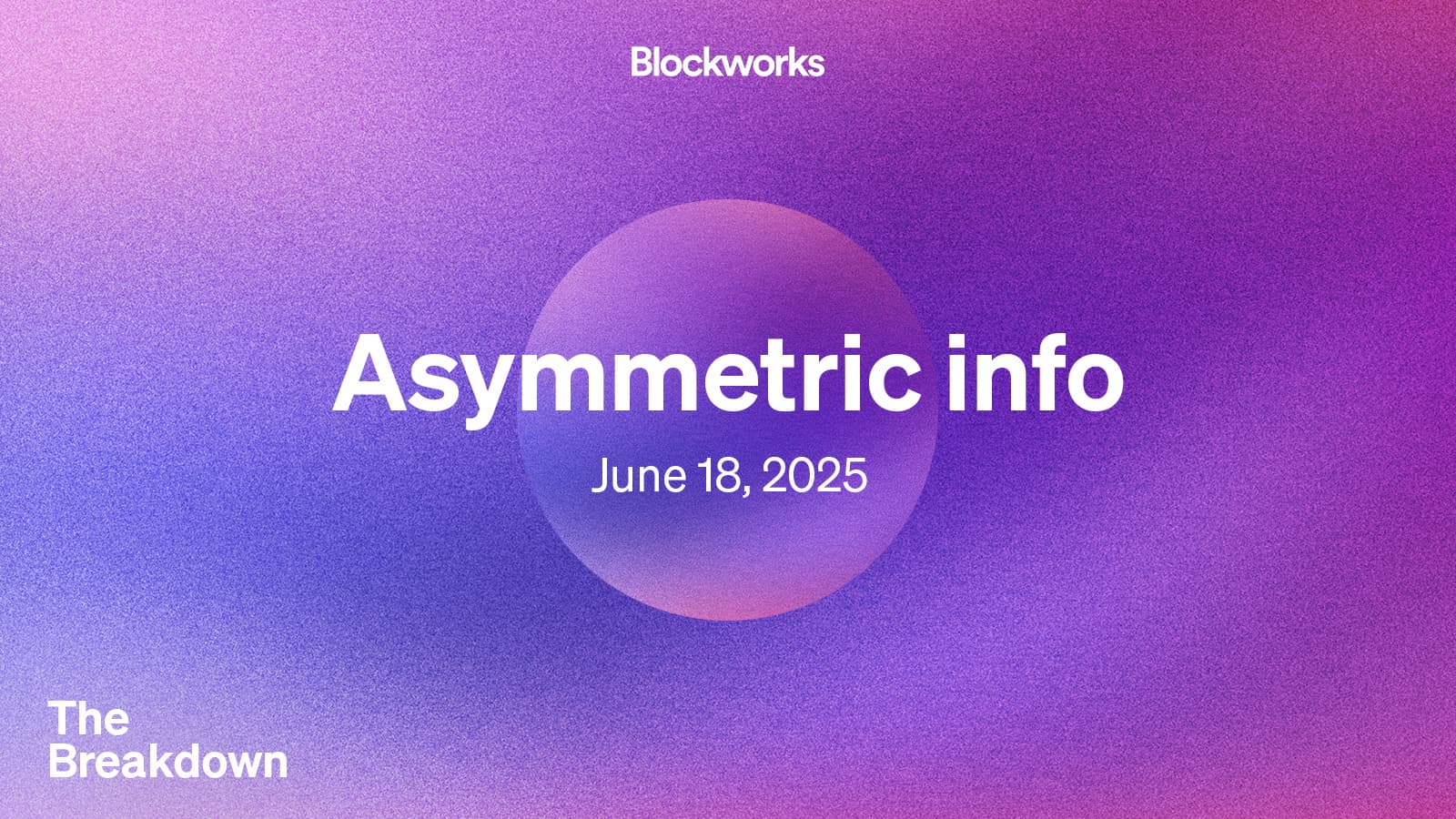This is a segment from The Breakdown newsletter. To read full editions, subscribe.
“The bad cars tend to drive out the good.”
— George Akerlof
In his 1970 paper “The Market for Lemons,” economist George Akerlof explained what happens when sellers have more information than buyers.
In the market for used cars, for example, the odds you’ll get a lemon are disproportionately high due to an “asymmetry in available information.”
Because buyers can’t tell good cars from bad ones, they end up trading at the same price — a price that’s too low for a good car and too high for a bad one.
Owners of bad cars, knowing what they have, are therefore incentivized to sell (usually to buyers who can only guess what they’re buying.)
This floods the market with lemons.
“Gresham’s law has made a modified reappearance,” Akerlof warned. “For most cars traded will be the ‘lemons,’ and good cars might not trade at all.”
The result is lower quality for buyers and a market that slowly eats itself.
“It is quite possible,” Akerlof wrote, “to have the bad driving out the not-so-bad driving out the medium driving out the not-so-good driving out the good in such a sequence of events that no market exists at all.”
This may be where crypto is heading, too: “ Liquid token investors are concerned that tokens are becoming a lemon market,” Felipe Montealegre told the Empire podcast this morning.
That might seem surprising, given that blockchains are inherently transparent, but that doesn’t mean there’s nothing for crypto projects to disclose.
One argument against regulating tokens has always been that there’s nothing to regulate; regulation is primarily about disclosure and in crypto, everything you’d need to know about a fully decentralized project is theoretically disclosed onchain.
But few projects are fully decentralized.
For all the rest, highly price-relevant details like lock-ups, market-making deals and OTC transactions remain opaque.
Even the most basic things like how much revenue a project earns or how many tokens exist are often difficult to determine.
The primary sellers of any given token — typically the token’s creators — know all these things, of course. That asymmetric informational advantage may be turning crypto into a market for lemons.
But perhaps not for long!
This morning, Blockworks launched a “Token Transparency Framework” that will encourage token projects to eliminate the informational advantage crypto sellers have over buyers simply by telling buyers everything they need to know.
This is the premise of all securities regulation.
US regulators like to say that their goal is to protect investors, but their job is simply to inform them.
It may be the most important job in markets.
Before the SEC was created in 1934, investors had so little information about companies and the equities they issued that most didn’t bother with the stock market. They bought bonds instead, knowing at least that companies were legally bound to pay them back.
Those who did try their luck in the stock market spent most of their time attempting to second guess what a company’s insiders might do next — because the insiders were the only ones that knew anything.
The introduction of securities regulation and insider trading laws was an attempt to correct this by creating at least a perception of fairness that would encourage broader participation in stock markets.
Forward-thinking companies and exchanges welcomed their regulators, knowing that if people didn’t think the investing game was fair, few people would play it.
(Just visit any schoolyard playground to see how long an unfair game will last.)
But investing is more than a game, of course, so the stakes were much higher.
“If capitalism is to be maintained,” NYSE President Emil Schram told Time Magazine in 1941, “the Stock Exchange has to be accepted by the public, a place where we can raise the capital we need. We have to get people out of the idea that the exchange is just a big gambling den.”
It seems to have worked: An estimated 62% of US adults now own equities, vs. less than 3% in the 1930s.
With luck, Blockworks’ transparency framework could do something similar for crypto.
Dan Smith describes the framework he helped create as a “crypto-native S1,” referencing the exhaustive IPO filing in which the SEC compels companies to divulge every possible thing a prospective investor could possibly want to know.
And that is pretty much the SEC’s entire job.
Regulators don’t pass judgement on whether a stock offering is good or bad, only that a company is sharing enough information to allow investors to make that determination for themselves.
Blockworks’ transparency framework is an important step in the same direction.
To prevent crypto from becoming a market for lemons, buyers just need to know what sellers do.
Get the news in your inbox. Explore Blockworks newsletters:
- The Breakdown: Decoding crypto and the markets. Daily.
- Empire: Crypto news and analysis to start your day.
- Forward Guidance: The intersection of crypto, macro and policy.
- 0xResearch: Alpha directly in your inbox.
- Lightspeed: All things Solana.
- The Drop: Apps, games, memes and more.
- Supply Shock: Bitcoin, bitcoin, bitcoin.




